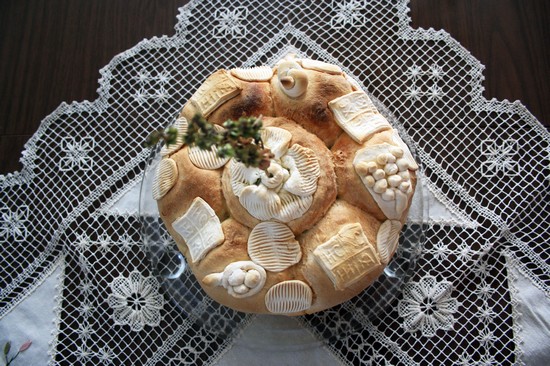Slava (the celebration of the Patron Saint) is a religious custom which stands out Serbs among all the Orthodox Christians. The background of the patron saint dates back to the ancient folk customs, celebrations of the patron of the local pagan man, which was celebrated by the ancient Greeks, Thracians, Dacians, Illyrians and Romans as well. Until recently all the Slavs had some kind of similar custom, but in modern times it is best preserved by Serbs.
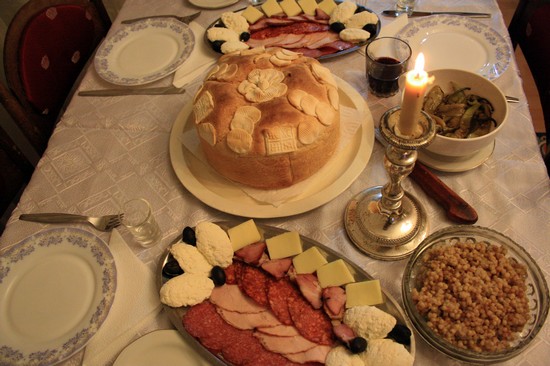
Prior to Christianity Serbs were polytheistic people. Each home had its local deity, which was the hardest to deny after converting to Christianity. In the 13th century, Saint Sava skillfully replaced the idols and pagan gods with Christian saints. In that time population engaged mainly in agriculture and animal husbandry, so it’s not surprising that the majority of Slavas are celebrated in the fall, and spring, when there is less work in the field and with animals.
The custom of celebrating the patron saint is preserved from the period of Christianization as the only unbroken tradition among Serbs. Other traditions have changed and vanished, but Slava continued to be passed down from generation to generation, from father to son. When a son would got married and began to live independently with his own family, he would take over Slava symbolically by taking a quarter of a cake from parental home.
Most important symbols of each Slava are:
Slava cake – A cake symbolizes Jesus. On the eve before Slava celebration hostess bakes a cake which is made of pure wheat flour and decorated with various ornaments made of dough and is imprinted with the letters IS HS NI KA, which means Jesus Christ wins;
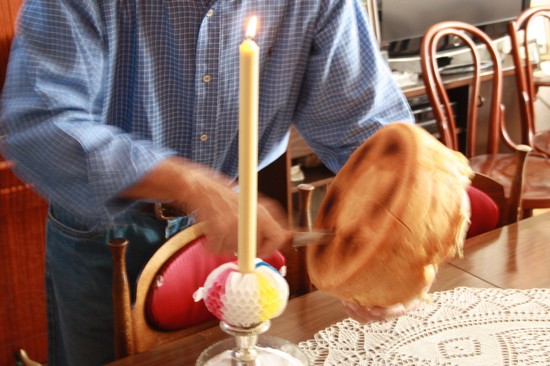
Wine – Symbolizes the blood that flowed from the wounds of Christ. It is used for pouring over Slava cake;
Slava grain – Grain is cooked from pure and hulled wheat flour, which is subsequently milled and mixed with sugar and walnuts for nicer taste. Grain is placed on a tray and it is served to guests by female, usually a daughter or granddaughter. First of all the guest cross oneself and wishes “happy Slava” to the host, than he takeas the grain with a teaspoon which lies on a platter alongside the grain;
Slava candle – The candle is lit on the Slava day, just before cutting the cake and it should burn all day. When the candle burns out, the host will cross himself and spill some wine on the candle’s wick. The candle is placed in front of the icon or some other formal place in the house and it stays there till next year;
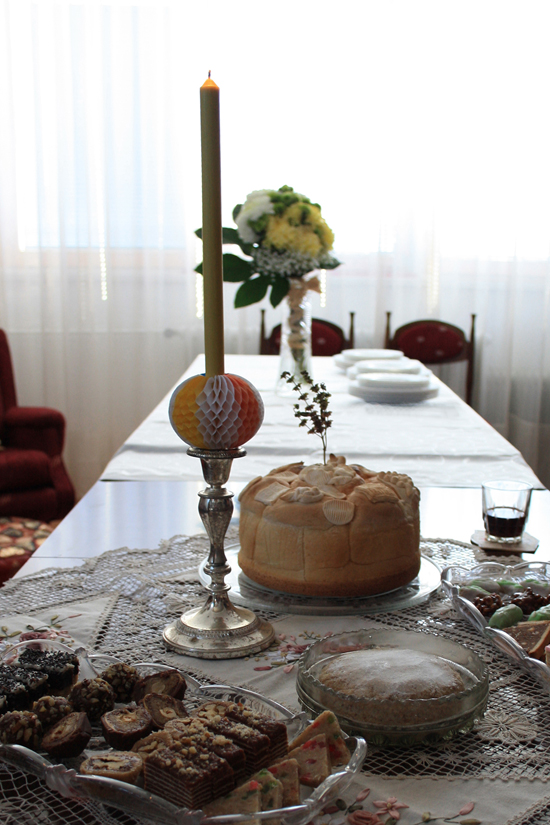
Slava table – It isn’t important how diverse and abundant table will be, it depends on the welth of the host. It is essential to comply with the fast, if Slava occurs on Wednesday, Friday or in the period of Lent.
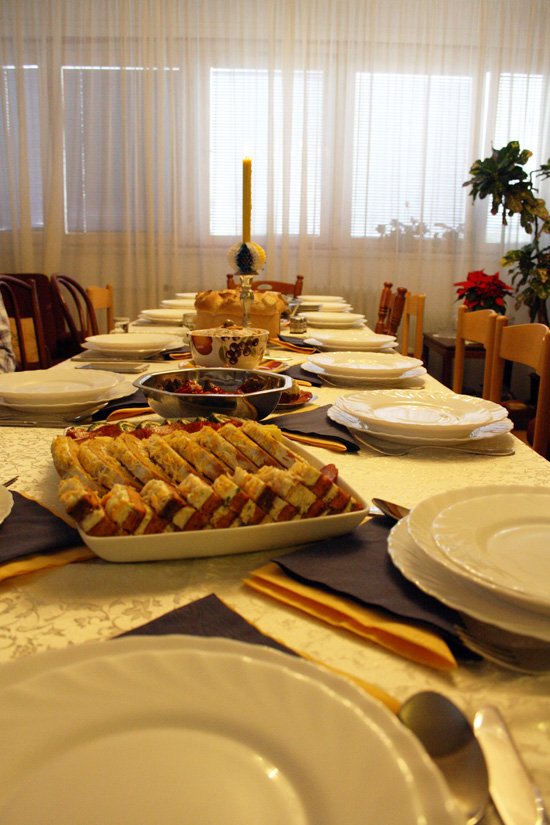
The most numerous and the most known Slavas are:
St. Nicholas – December 19th,
St. George – May 6th and November 16th,
Holy Archangel Michael – November 21st,
St. John – January 20th
St. Demetrius – November 8th,
St. Petka – October 27th

